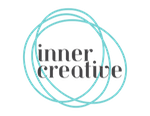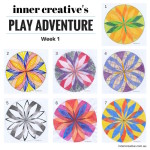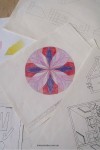The act of creation is not just a physical activity. The mindset and attitudes that you bring to the task play a big role in your creativity. As I have said before, you are more likely to be creative when you are feeling joyful, focused and relaxed, as opposed to when you are feeling tired, anxious, and stuck.
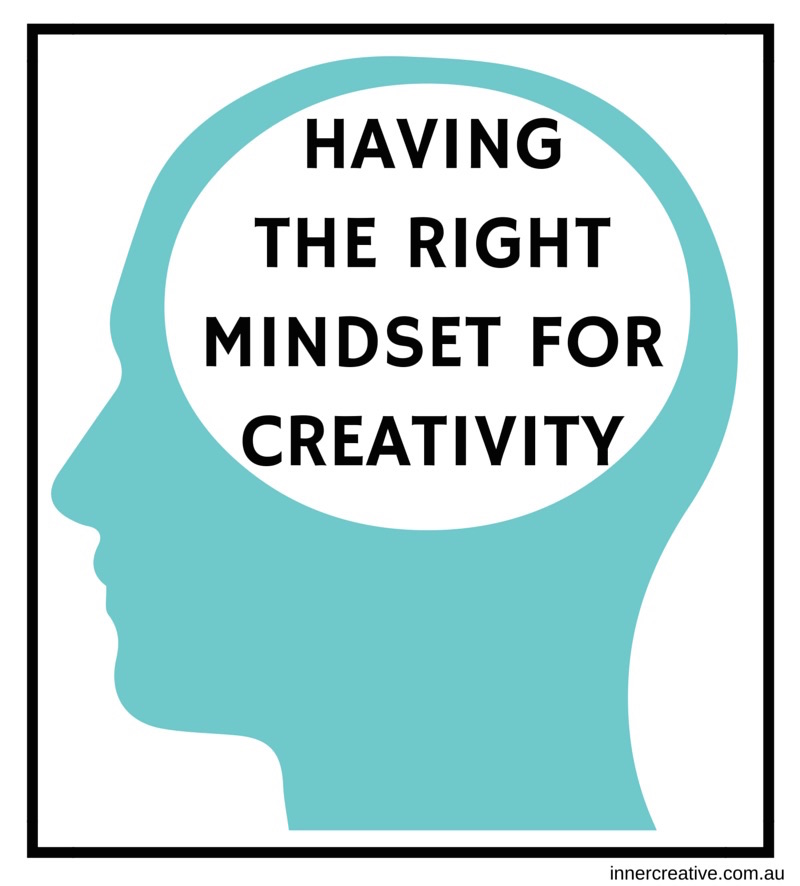
When I run a creativity class it is my duty to create a safe environment, not only physically, but where everyone feels free to explore different ideas, try new things, and express themselves. So in my class introduction, I set the tone by asking participants to keep some principles back of mind as they do the class activities.
I originally wrote these principles on the fly on butcher’s paper for a previous mandala class. When I looked over them again, I realised that they can apply to making any art or creative act, and perhaps how to live life in general :-).
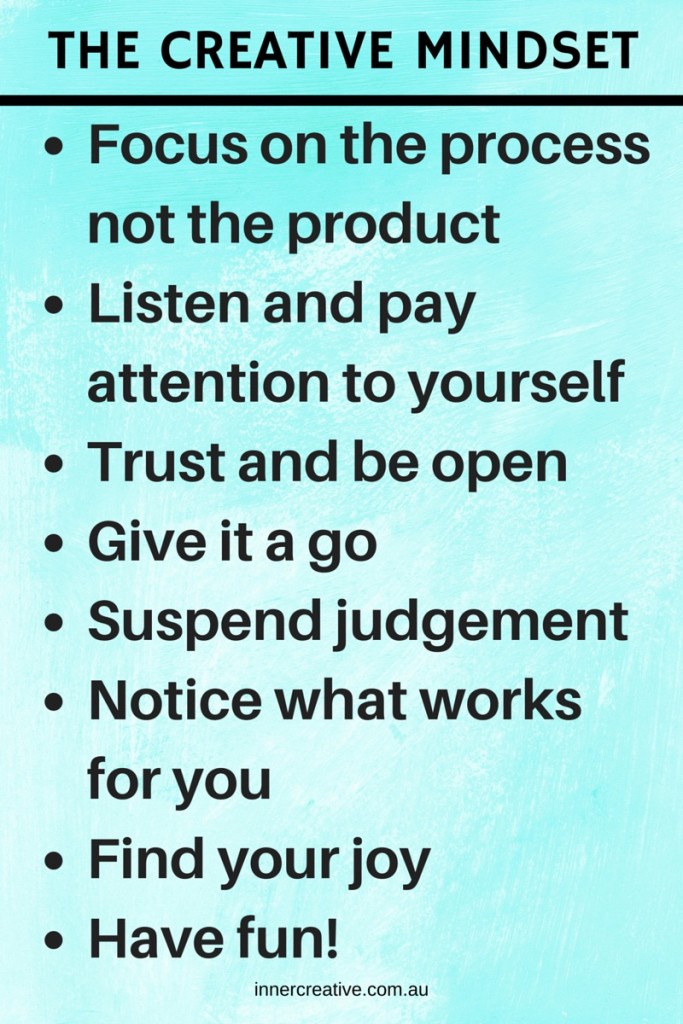
They are:
- Focus on the process not the product – Try to go with the flow as much as you can. Don’t worry about what the end product will turn out like. It’s hard to enjoy yourself if you’re worrying about striving for perfection. Mistakes might happen but just find away to accept them into your piece. And if you’re still not happy in the end then just find what you can learn from it, start again, and get some more creative practice under your belt. Because in the end one only improves through practice.
- Listen and pay attention to yourself – Creating something gives you the opportunity to focus in on something other than the chatter in our heads. In the act of creation, we create a still quiet space within ourselves. When this happens, try to listen to how you are feeling. It can be as simple as noticing whether you like the colour you’re drawing with, or that you prefer zig-zags over stripes. Or you might pick up that you’re feeling a little tense and tired, or really relaxed. Just be patient and observe what happens and how you feel.
- Trust and be open – Be open to new ideas and experiences. Be flexible and willing to learn and try new things. Also be open to whatever arises in your creation, what emerges as you draw, paint, write, or work. Trust yourself that you’ll be able to work out what you need to do next. You can use your intuition to guide you. Or you can do a little research or ask others for advice and help.
- Give it a go – There is normally some uncertainty when we start creating something new. We might not know where or how to start. We don’t know how it will turn out, nor exactly how to get there. So take a deep breath and just start. Have a go. Experiment. If you don’t like what emerges then change it, or start again. But there’s nothing to be gained from staying still and not creating anything.
- Suspend judgement – To feel truly free and experimental when creating something, it pays to suspend one’s judgement – that little voice inside that doesn’t think what you’re doing is good enough, special enough, unique enough, ‘anything’ enough. It’s hard to turn off that inner critic. But try. Try to ignore it. Or tell it to go away and come back later. Or what works for me is to pretend that what I’m doing is an experiment and try to approach my creation with an attitude of curiosity. What would happen if I tried this? OK, and then what if I did this over here? Oh dear, oh well. Maybe I could try this instead? OK, that’s better. What do I feel like doing now? And so on.
- Notice what works for you – We’re more likely to be creative when we’re feeling in flow. So there’s not a lot of value in forcing ourselves to create art (or anything else) in a certain way if it doesn’t feel right for us. Many times we might give up on a particular activity because we don’t feel any good while we’re doing it – automatically assuming that it must mean that there’s something wrong with us, rather than considering that it’s the conditions that might be wrong. Perhaps painting a still life might not be your thing, but you really enjoy slapping some colour on a canvas in an abstract way? You might like baking cupcakes, but not a roast. Perhaps you prefer using a compass and ruler to create your mandalas, rather than drawing your circles and shapes freehand. Or maybe you need to write with the radio on, or with complete silence? Work out what you do like and build on it. This is why it pays to listen and notice how you feel in the act of creation. Over time you’ll get to learn more about what you like and don’t like doing. And keep in mind, that sometimes discomfort might not always mean that you’re bad at something and that you should stop and give it up. All it might mean is that there’s a particular skill that you need to practice a bit more, or you might need a little help with it. But it certainly makes it easier if you know what works for you and what helps you be your best.
- Find your joy – I believe that creativity is the pathway for finding more joy in our lives. When we express ourselves and our creativity, we start listening and understanding what our heart and mind are saying. Creativity is about expressing our uniqueness (what makes us who we are), it’s like coming home to ourselves, and tapping into what makes us feel alive. When we’re feeling joyful, we feel authentic, comfortable, and most like ourselves. So work out what you love doing. Think about when time seems to fly, when you feel most at home. And then try and do more of that in your life.
- Have fun! – This is not a rule that YOU MUST HAVE FUN :-). It’s just a reminder to enjoy yourself, play, keep things light-hearted, and tread gently.

These attitudes are useful for me, but as always, check them out for yourself and find out what works for you. Compare notes with others and learn about what they find useful. Share what you think in the comments below or on Facebook.
What mindsets or attitudes help you be more creative?
